Description
The Black Tree Monitor, known scientifically as Varanus beccari, is a fascinating species of monitor lizard belonging to the Varanidae family. This species is native to the Aru Islands in Indonesia, much like its colorful relative, the Yellow Tree Monitor. Varanus beccari is distinguished by its sleek black appearance and specialized adaptations for an arboreal lifestyle.
Black Tree Monitor Physical Characteristics
- Coloration: The Black Tree Monitor is named for its predominantly black or dark grey coloration. This monochromatic palette provides excellent camouflage in the shaded understory and dense foliage of its forest habitat.
- Size: This monitor typically reaches a total length of about 90-120 centimeters (35-47 inches), including its long, prehensile tail which aids in balance and climbing.
- Body Structure: Varanus beccari has a slender, elongated body adapted for life in the trees. Its sharp claws and long toes facilitate climbing, while the prehensile tail helps it navigate and stabilize itself among the branches.
Habitat and Distribution
- Geographic Range: The Black Tree Monitor is endemic to the Aru Islands, an archipelago in eastern Indonesia. These islands provide an ideal environment for this arboreal species.
- Habitat: This monitor inhabits tropical rainforests, where it spends the majority of its time in the trees. The dense canopy and complex forest structure offer ample opportunities for foraging and shelter.
Behavior and Ecology
- Diet: Varanus beccari is an opportunistic carnivore. Its diet includes insects, small mammals, birds, and eggs. Its sharp teeth and powerful jaws are well-suited to capturing and consuming a variety of prey items.
- Activity: Black Tree Monitors are diurnal, being active during daylight hours. They are highly agile and adept at climbing, often using their speed and maneuverability to avoid predators and capture prey.
- Reproduction: Specific details about the reproductive habits of Varanus beccari in the wild are not well-documented. Like other monitor lizards, they are oviparous, laying eggs in secure locations such as tree hollows or burrows.
Conservation Status
- Threats: The primary threats to the Black (Varanus beccari) include habitat destruction due to logging, land conversion for agriculture, and possibly the illegal pet trade. Habitat loss poses a significant risk to their populations as it reduces the availability of suitable living and foraging areas.
- Conservation Efforts: There are currently limited conservation measures specifically targeting Varanus beccari. Efforts to protect their natural habitat and regulate the pet trade are essential for their survival. Conservationists emphasize the importance of preserving the Aru Islands’ rainforest ecosystems to ensure the continued existence of this species.


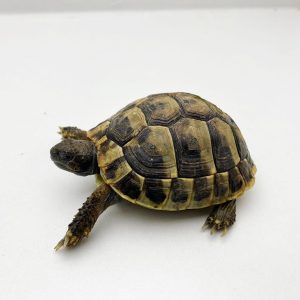


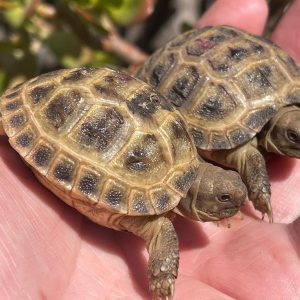
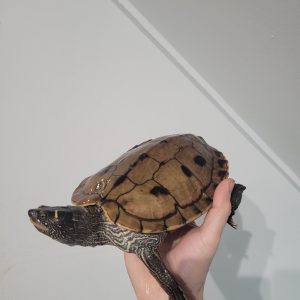
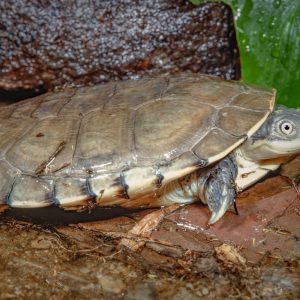
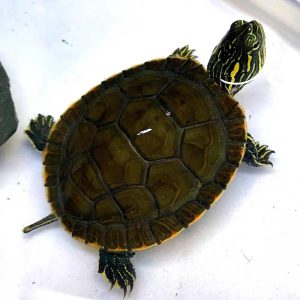
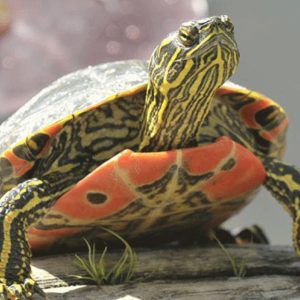
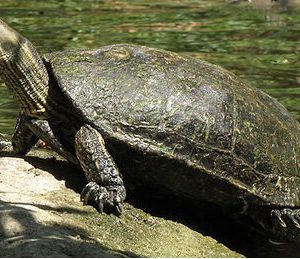
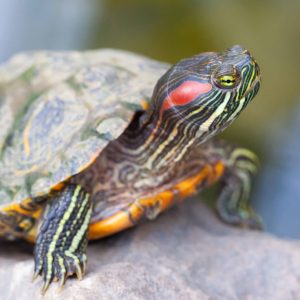

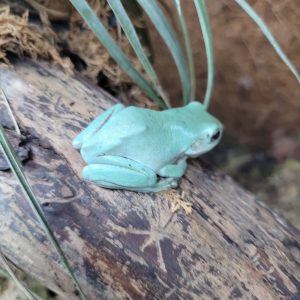
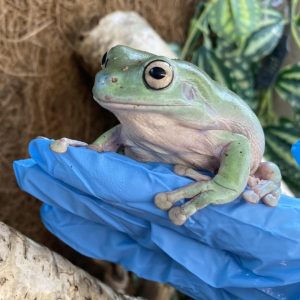

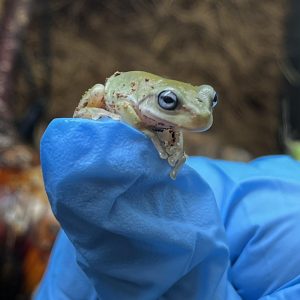
Reviews
There are no reviews yet.